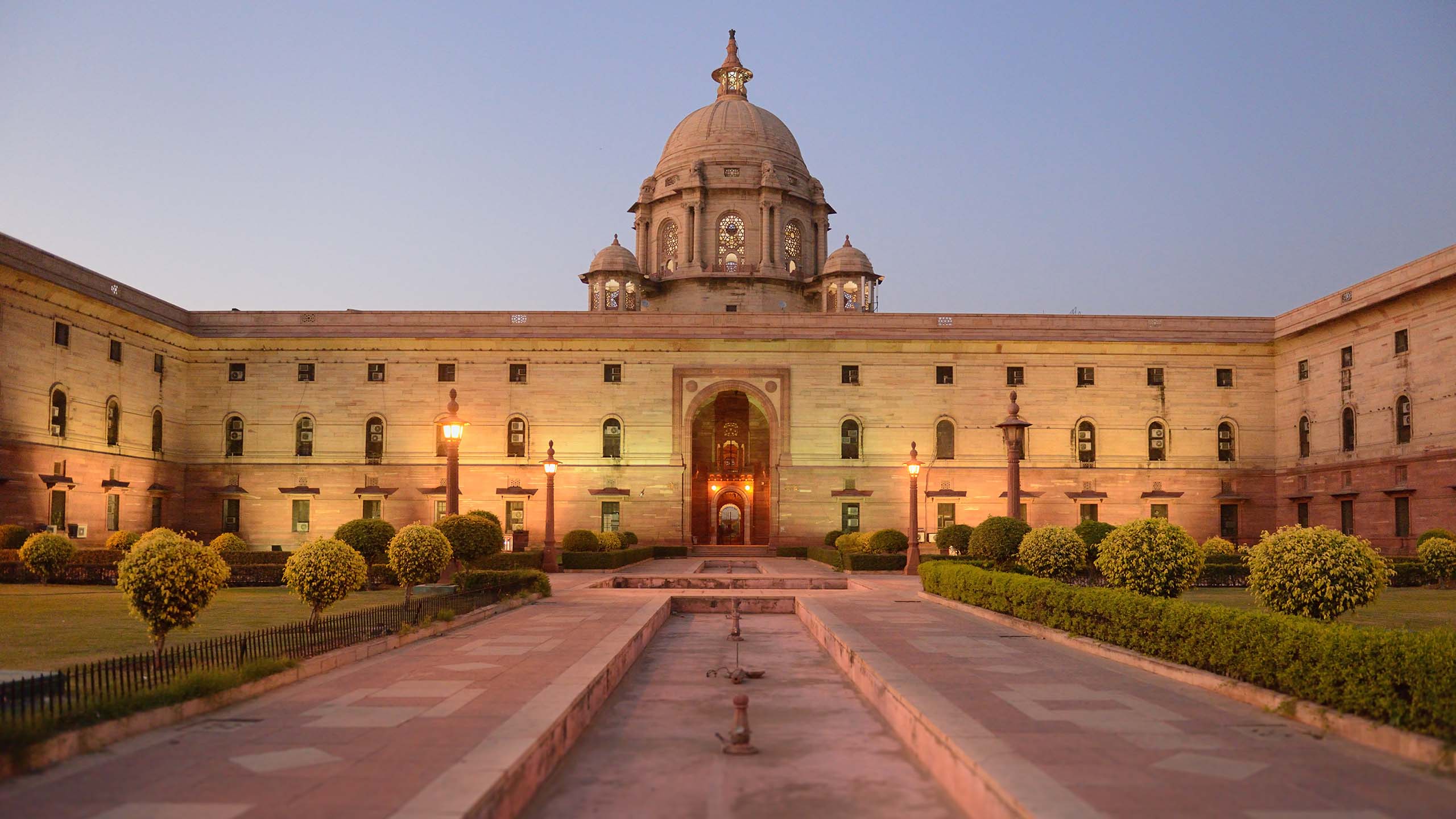
10 Apr 2025
In line with our expectation, the RBI cut the policy repo rate by 25bp, taking it to 6.0%.This was a unanimous decision across all six MPC members. It also changed its stance from neutral to accommodative, which we believe clearly signals further rate cuts (more below).
The backdrop of this policy meeting was complex.The USA has recently announced a 26% tariff on India. We calculate that India’s GDP growth could take a direct 0.5ppt hit in FY26. The indirect and second-order negative impact could also be meaningful. But heightened volatility in global financial markets suggest that steps to support growth at this juncture should be carefully calibrated and remain focused on preserving macro stability alongside.
We believe, the RBI signalled very clearly that it is focused on supporting growth. Certain points stood out to us:
One, we think the RBI gave a double assurance that more rate cuts are coming. It changed stance and also cut growth/inflation forecasts, both steps signalling more easing.
Two, it clarified that the accommodative stance only refers to policy rate, and not liquidity. This to us means that rate easing will happen on its own right, and not be substituted by liquidity easing.
Three, on liquidity, the governor reiterated that the RBI “is committed to provide sufficient system liquidity”. In the press conference he even suggested that around 1% of deposits in liquidity could be available on tap. It is well known that liquidity has swung from deficit in January to a clear surplus. And this surplus is likely to continue, and even get a shot in the arm when RBI dividend is paid out in May.
Four, on inflation, the governor said that “there is now a greater confidence of a durable alignment of headline inflation with the target of 4 per cent over a 12-month horizon”. The RBI lowered the FY26 inflation forecast from 4.2% to 4.0% on the back of a “durable softening of food inflation”. We have not seen such confidence on durability for the last few years.
Five, on growth, the FY26 forecast was lowered from 6.7% to 6.5%. The governor said that quantification of trade war impact is tough at this point. In fact, in a supporting publication, we clearly noticed that the world growth forecast for 2025 hasn’t yet beenlowered much (3.1% versus 3.3% previously). This means there is likelihood of further growth forecast cuts in subsequent meetings.
Six, it reiterated strong external accounts. This is important, because it provides some room to ease, even if external volatility is high. Another way to look at it is to say that the USDINR had gone close to 88 in the recent past, but has pulled back since then. Even if it weakens from current levels (of 86.6 as we write), for some distance, it will only go to levels seen recently, and may not be immediately disruptive.
Having said the above, the RBI tried to strike a balance, lest expectations of rate easing become excessive.The RBI revealed its inflation forecast for FY27 at an above-target 4.3%, and growth too, at a higher 6.7% (compared to FY26). This message, that inflation over time can breach the 4% target, should help keep a check on expectations of extreme rate cuts.
With growth falling below potential, and inflation below target in FY26, we expect further easing. We are calling for a 25bp rate cut in the June and August meetings, taking the policy rate to 5.5%, which is our estimate of neutral.
If growth expectations continue to remain weak, policy rate may even dip below neutral, though that’s not our central forecast.
Finally, several reviews are going on, for example the RBI’s liquidity framework and the economic capital framework. These will need to be watched carefully for incremental information over the foreseeable future.





Additional disclosures
1. This report is dated as at 09 April 2025.
2. All market data included in this report are dated as at close 09 April 2025, unless a different date and/or a specific time of day is indicated in the report.
3. HSBC has procedures in place to identify and manage any potential conflicts of interest that arise in connection with its Research business. HSBC's analysts and its other staff who are involved in the preparation and dissemination of Research operate and have a management reporting line independent of HSBC's Investment Banking business. Information Barrier procedures are in place between the Investment Banking, Principal Trading, and Research businesses toensure that any confidential and/or price sensitive information is handled in an appropriate manner.
4. You are not permitted to use, for reference, any data in this document for the purpose of (i) determining the interest payable, or other sums due, under loan agreements or under other financial contracts or instruments, (ii) determining the price at which a financial instrument may be bought or sold or traded or redeemed, or the value of a financial instrument, and/or (iii) measuring the performance of afinancial instrument or of an investment fund.